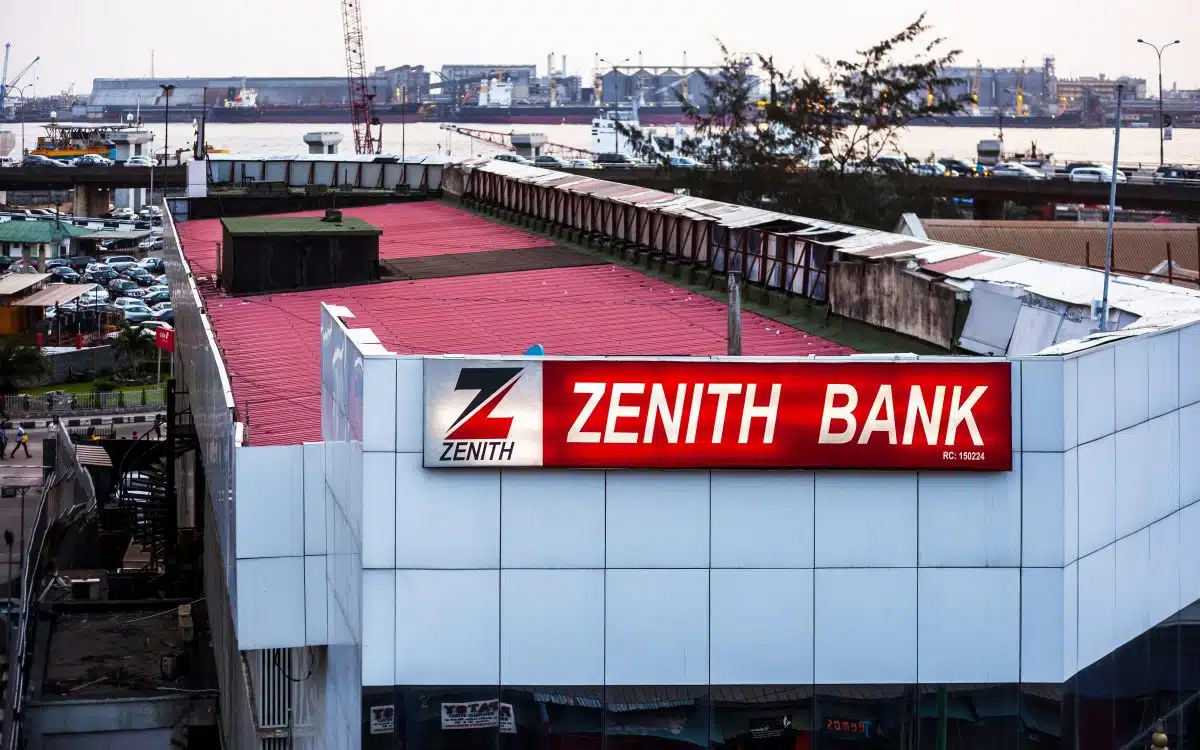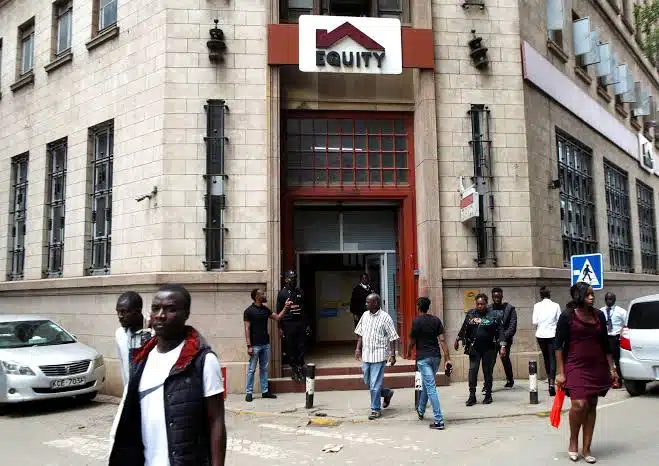Zenith Bank Plc, Nigeria’s second-largest lender by assets, is in advanced talks to acquire a tier-two Kenyan bank, according to reports by local Kenyan media.
The potential deal signals another step in the growing push by Nigerian banks to expand into East Africa’s largest economy.
The lender’s latest move comes weeks after Access Bank- Nigeria’s biggest bank — received regulatory approvals from both counties to acquire National Bank of Kenya Limited (NBK) from KCB Group.
The Central Bank of Kenya gave its final nod on April 4, 2025, for the transfer of selected NBK assets and liabilities to KCB Bank Kenya Limited under section 9 of the Banking Act.
In the past five years, United Bank for Africa (UBA) and Guaranty Trust Bank (GTBank) — two other Tier 1 Nigerian lenders —have also entered the Kenyan market, signalling a broader regional shift as West African financial institutions seek growth beyond their home markets.
Zenith’s move comes at a time when smaller Kenyan banks are under pressure to shore up capital in line with the CBK’s new recapitalisation framework.
Introduced through the Business Laws (Amendment) Act in December 2024, the law mandates a phased increase in minimum core capital—from $21 million in 2025 to $77 million by 2029.
So far, 27 of Kenya’s 39 licensed banks have met the 2025 requirement, according to official data.
The remaining 12, mainly tier-two and tier-three lenders with limited branch networks, face mounting pressure to recapitalise, merge, or sell.
Zenith is entering the market from a position of strength.
In January, the bank completed a $226 million dual rights issue and public offer that was oversubscribed by 160%.
The fundraising boosted its capital base to $402 million, well above the Central Bank of Nigeria’s $327 million minimum capital requirement, and brought its total assets to $29.6 billion.
Analysts say the combination of deeper pockets and regulatory pressure is accelerating consolidation in Kenya’s banking sector.
According to them, foreign lenders, especially those from West Africa with fresh capital, are increasingly viewing the recapitalisation deadline as a strategic entry point.
Zenith’s executive team is expected to visit Nairobi within the next three months to finalise deal terms.
Market watchers anticipate more cross-border acquisitions, rights issues, and strategic divestments as local lenders race to meet capital targets and as external players treat Kenya’s recap rules as a rare opening in the region’s tightly regulated banking landscape.










